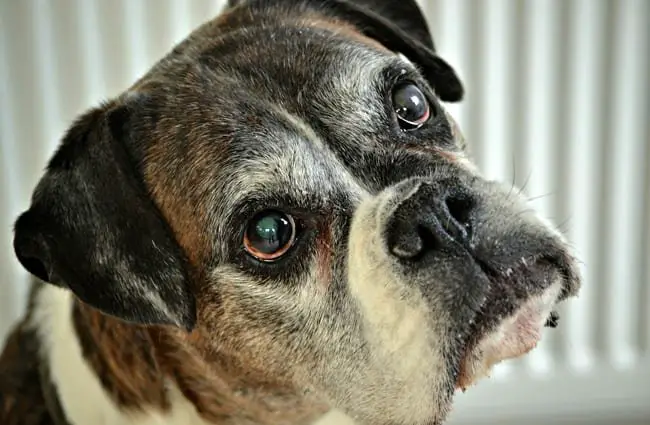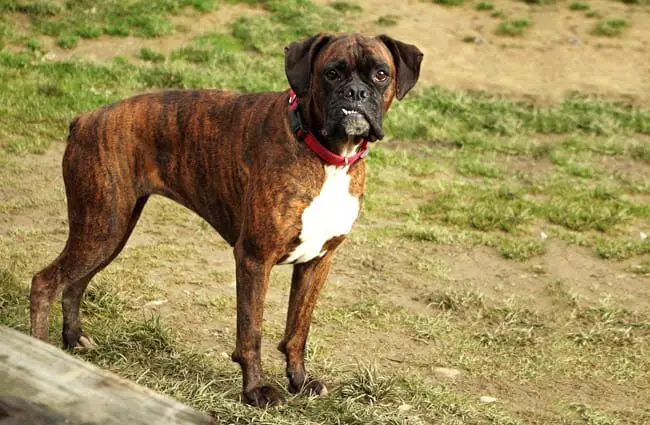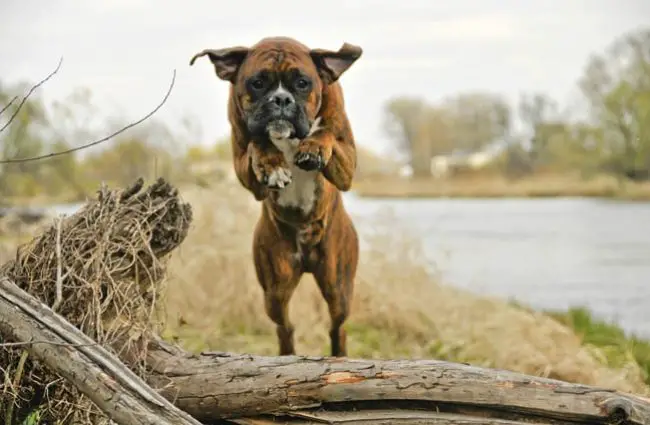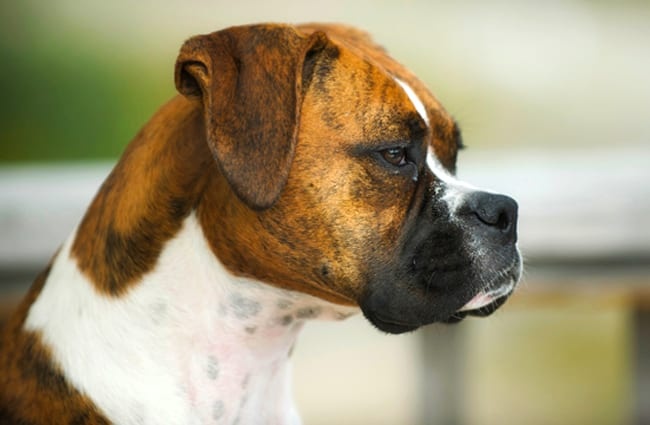A Comprehensive Guide to the Boxer Breed
The Boxer, a breed instantly recognizable by its square muzzle, muscular build, and playful demeanor, holds a special place in the hearts of dog lovers worldwide. Originating in Germany, the Boxer boasts a rich history and a unique personality. This guide delves into every facet of the breed, from its origins and physical characteristics to its behavioral traits and specific care requirements, offering insights for both prospective owners and dedicated enthusiasts.

History and Origins
The Boxer’s story begins in 19th-century Germany, descended from the Bullenbeisser, an extinct breed used for bull-baiting and hunting large game. Breeders sought to refine the Bullenbeisser, creating a more athletic and refined dog suited for various roles. The result was the Boxer, initially utilized as a messenger dog, police dog, and guard dog for farms. The breed’s name likely stems from its tendency to ‘box’ with its front paws when excited or playing. The first Boxer club was founded in Germany in 1901, solidifying the breed’s standards and promoting its development. Boxers gained popularity in the United States after World War II, quickly becoming beloved family companions.

Physical Characteristics
Boxers are medium to large-sized dogs. A male Boxer typically stands 23 to 25 inches tall at the shoulder and weighs between 65 to 80 pounds. Females are slightly smaller, measuring 21 to 23 inches tall and weighing 50 to 65 pounds. Their coat is short, smooth, and tight‑fitting, requiring minimal grooming. Common coat colors include fawn, brindle, and white markings. A distinctive feature is their ‘mask,’ a dark coloration around the muzzle. Boxers often have naturally floppy ears, though some owners opt for ear cropping, a practice increasingly debated and restricted. Their tail is traditionally docked, but natural tails are becoming more common.

Temperament and Behavior
Boxers are renowned for their playful, energetic, and affectionate personalities. They are often described as ‘eternal puppies’ due to their exuberant and goofy nature, even in adulthood. They form strong bonds with their families and are known for being particularly good with children, displaying patience and protectiveness. However, their energy levels require consistent exercise and mental stimulation. Without adequate outlets, they can become bored and destructive. Boxers are intelligent, but can be somewhat stubborn, making consistent training crucial. They are also known to be vocal, often ‘talking’ with grunts and groans. Early socialization is paramount to ensure they are well‑adjusted and comfortable around strangers and other animals. Their protective instincts can lead to territorial behavior if not properly managed.

Caring for Your Boxer
Exercise Needs
Boxers require a significant amount of daily exercise. At least one to two hours of vigorous activity, such as brisk walking, running, playing fetch, or engaging in canine sports, is essential. Puzzle toys and interactive games can provide mental stimulation, preventing boredom.
Grooming
Their short coat requires minimal grooming. Weekly brushing will remove loose hair and keep their coat healthy. Regular nail trimming, ear cleaning, and dental care are also important.
Diet and Nutrition
A high‑quality, balanced diet appropriate for their age, size, and activity level is crucial. Avoid overfeeding, as Boxers are prone to weight gain.

Health Considerations
Like all breeds, Boxers are predisposed to certain health issues. Some common concerns include:
- Cardiomyopathy: A heart condition that can lead to heart failure. Regular veterinary checkups are vital for early detection.
- Hip Dysplasia: A malformation of the hip joint. Responsible breeders screen their dogs for this condition.
- Cancer: Boxers have a higher incidence of certain cancers, such as lymphoma and mast cell tumors.
- Bloat (Gastric Dilatation, Volvulus): A life‑threatening condition where the stomach fills with gas and twists. Feeding multiple small meals throughout the day and avoiding large meals after exercise can help reduce the risk.
- Corneal Dystrophy: An eye condition affecting the cornea.

Training and Socialization
Early socialization and consistent training are essential for a well‑behaved Boxer. Positive reinforcement methods, such as rewarding desired behaviors with treats and praise, are most effective. Boxers can be stubborn, so patience and consistency are key. Basic obedience training, including commands like sit, stay, come, and leave it, is crucial. Consider enrolling in a puppy kindergarten or obedience class to provide socialization opportunities and guidance.

Is a Boxer Right for You?
The Boxer is a fantastic breed for active individuals or families who can provide plenty of exercise, mental stimulation, and affection. They thrive in environments where they are included in family activities and receive consistent training and socialization. However, they are not ideal for sedentary lifestyles or those who cannot commit to meeting their high energy needs. Potential owners should be prepared for a playful, sometimes goofy, and always loving companion who will bring years of joy and entertainment.

Fun Facts about Boxers
- Boxers were originally bred for bull‑baiting and other working roles, but their role evolved over time.
- They have a unique ‘boxing’ style of play, using their front paws to ‘box’ with each other or with humans.
- Boxers are known for their distinctive underbite.
- They can run fast, reaching speeds of up to 25 mph.
- Their wrinkled forehead is thought to help protect their eyes during fights.






![Red Angus Closeup of a beautiful Red Angus cowPhoto by: U.S. Department of Agriculture [pubic domain]https://creativecommons.org/licenses/by/2.0/](https://animals.net/wp-content/uploads/2020/03/Red-Angus-4-100x75.jpg)

